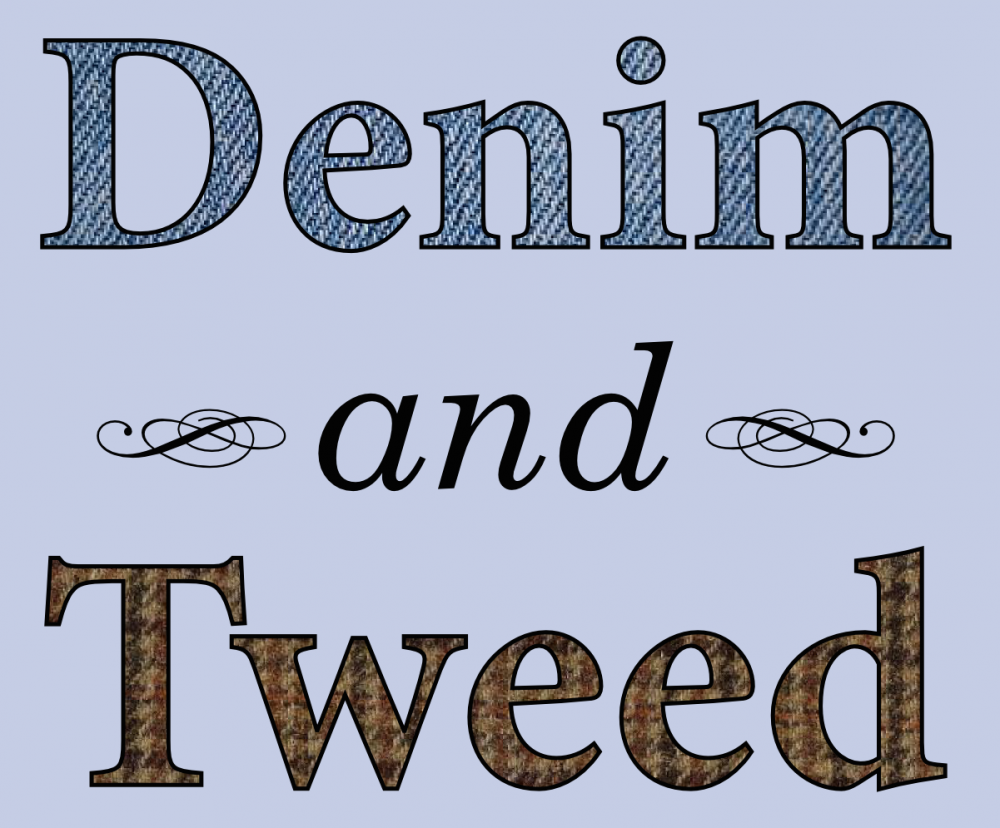
Every recommended route through Vancouver will go through Stanley Park. Photo by Christopher Porter.
- This week, at Nothing in Biology Makes Sense! No, some human populations aren’t more genetically prone to violence than others.
- Take note, Runkeeper. A crowd-sourced algorithm to find the scenic route between point A and point B.
- Pretty much. Evolutionary psychology as frat-boy science.
- It takes two to bareback. The case of a college wrestler points up the many problems with criminalizing HIV transmission.
- In Australia. Solar power is on track to out-compete coal.
- You don’t buy a cake for an abortion. Or, why women’s reproductive rights are losing in the culture wars while gay marriage wins.
- So. Much. Stupid. A Harvard psychology professor makes the dumbest statement possible about scientific replication.
- Worst zit ever? A barnacle that leaches its nutrients from the flesh of sharks.
- So good. The best teachable moments in the now Emmy-nominated reboot of Cosmos.








